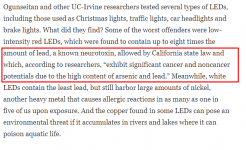Hookahhead
Active member
I’ve been kicking around the idea of using one of those 5 bulb adapters, a stepper motor from a recycled printer and an arduino to make a circular light mover. The arduino would move the motor/bulb adapter 180 degrees, then rotate the opposite direction back to “start”. For a few extra $ you can add a timer module and a relay and have it function as your timer.












